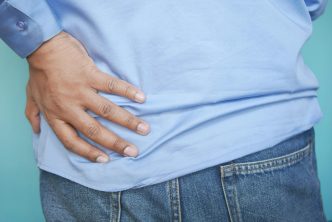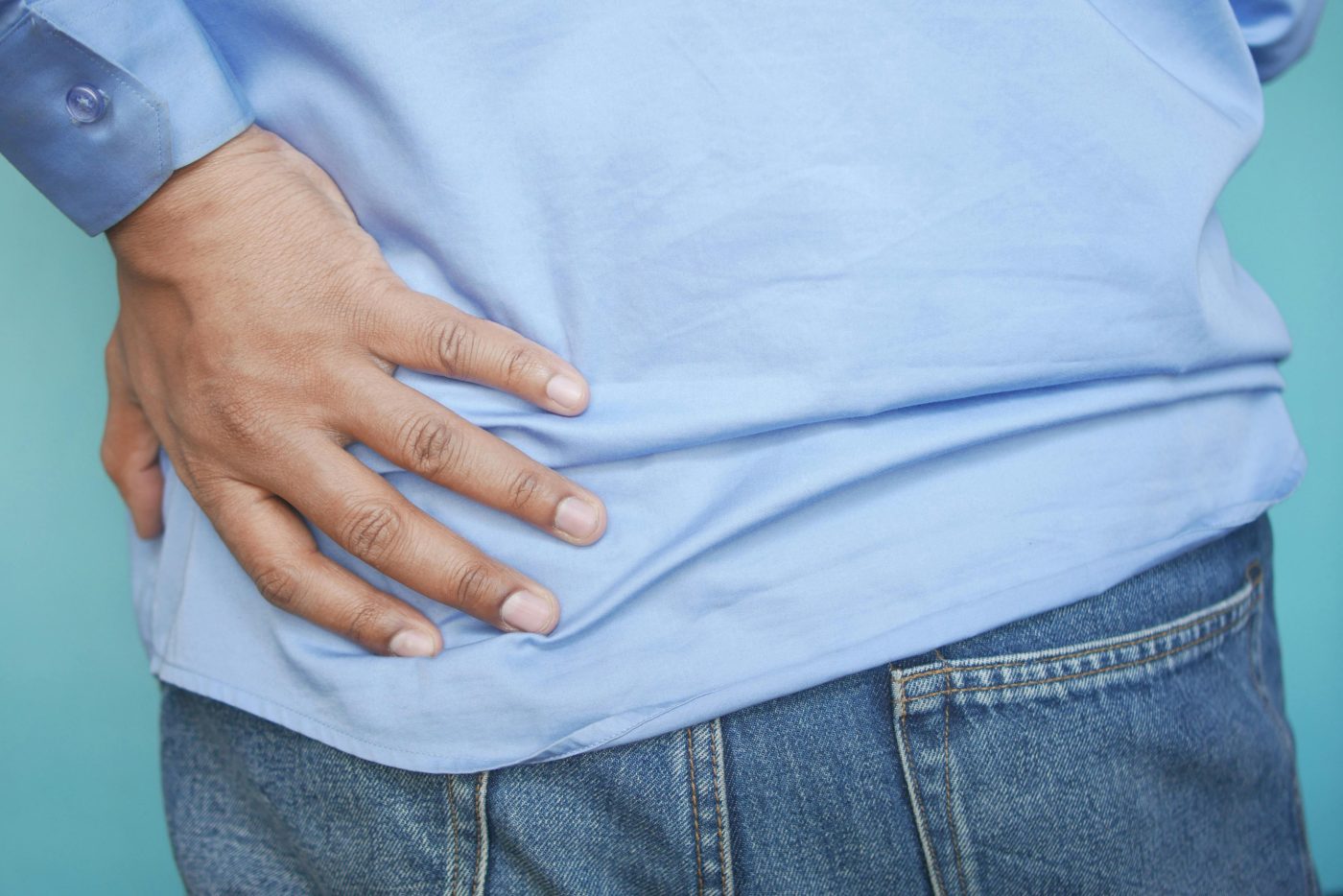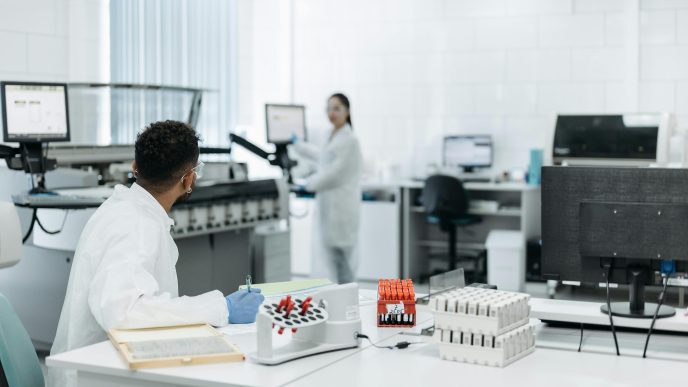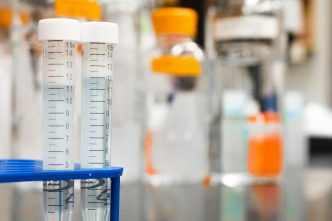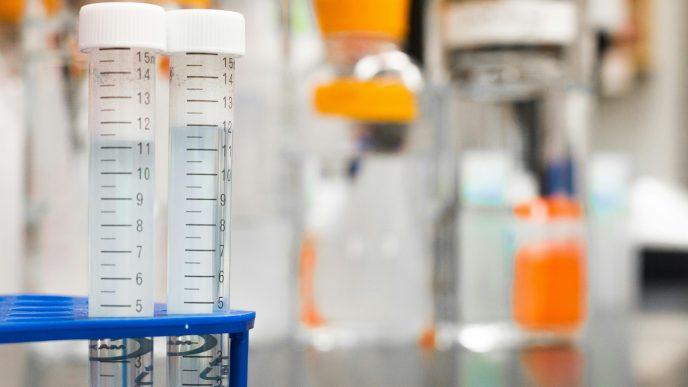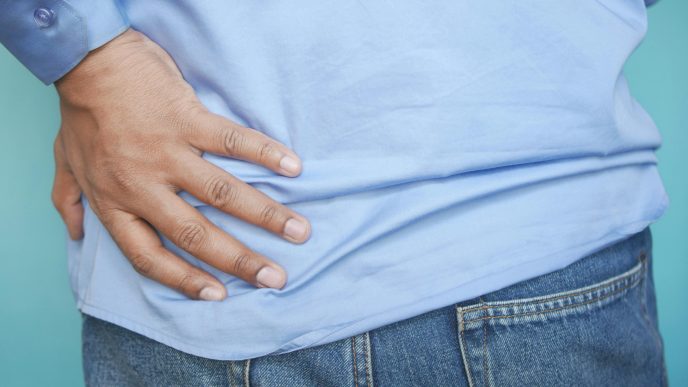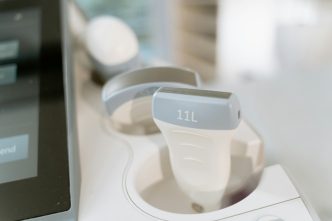Morning stiffness that loosens as the day goes on. Deep, aching soreness that feels “inside” the shoulders and hips rather than on the skin. Movements like rolling in bed, lifting the arms to dress, or rising from a chair flare it up. That pattern is classic for polymyalgia rheumatica, and the body tends to hurt in predictable places.
The Core Pattern: Proximal, Symmetric, and Stiff
PMR pain and stiffness cluster around the shoulder and hip girdles — the big muscle groups close to the trunk. It is usually bilateral (both sides at once) and worst after rest, especially on waking. Many people feel “stuck” for 30–90 minutes in the morning before they loosen up.
Where PMR Most Commonly Hurts
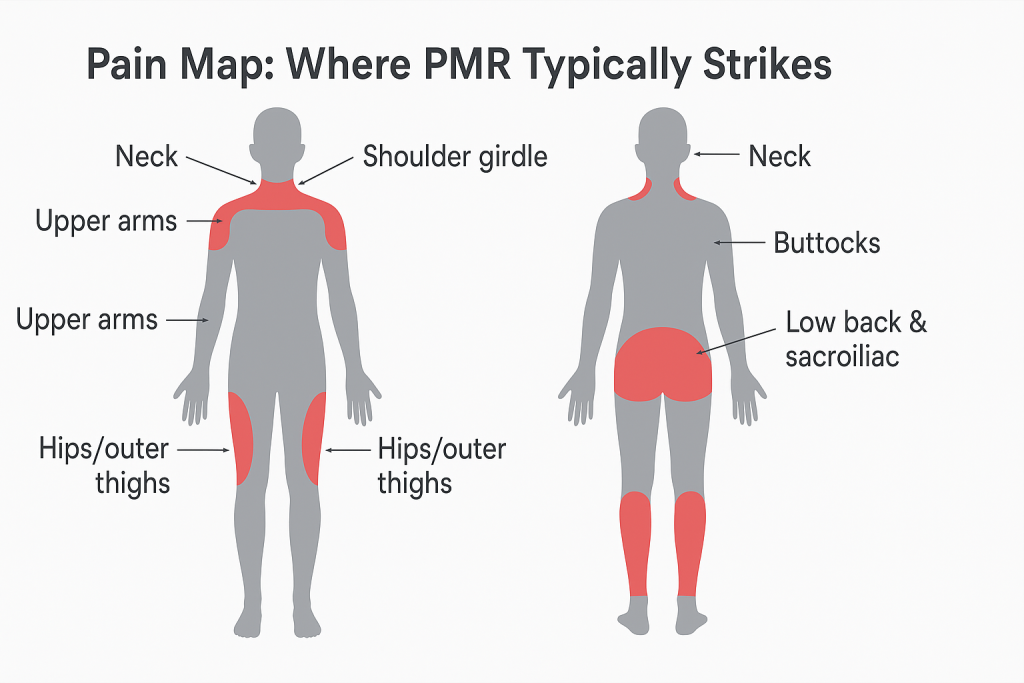
Shoulders and Upper Arms
The most frequent site. People describe a band of ache across the shoulder girdle, spreading into the deltoids and upper arms. Reaching overhead, washing hair, fastening a bra, and putting on a coat can be difficult.
Neck and Upper Back
The neck often feels board-stiff with reduced rotation. Sleeping in one position can make turning the head painful on waking.
Hips, Buttocks, and Outer Thighs
Pain sits deep in the hip girdle and buttocks, often tracking down the outer thighs. Getting out of a low chair, climbing stairs, or stepping into a car lights it up.
Low Back and Sacroiliac Region
A dull band of pain can sit over the lower back/sacroiliac area. It’s less about sharp “sciatica” and more about a heavy, sore stiffness that eases as you walk.
Less Typical (But Possible) Areas
- Elbows, wrists, hands, knees, or ankles: PMR can cause peripheral synovitis or noticeable puffy swelling on the tops of the hands (sometimes called RS3PE). These features don’t rule out PMR, but they prompt your clinician to check for other inflammatory conditions as well.
- Calves or feet: usually spared; pain here may suggest another diagnosis.
What the Pain Feels Like (and What It Isn’t)
PMR pain is inflammatory — it’s worse after inactivity and improves with gentle movement. Many people say they feel weak, but formal strength testing is often normal; the real issue is pain-limited effort and stiffness. True sudden loss of strength, numbness, pins-and-needles, or shooting pain point more toward nerve or spine problems than PMR.
Why These Areas Hurt
PMR primarily involves lining tissues around joints — like the shoulder bursae, hip synovium, and the tendon sheaths — rather than the muscle fibers themselves. Inflammation in these spaces produces the deep, girdle-like ache and morning stiffness.
Day Patterns You Might Notice
- First hour worst: getting dressed, showering, and reaching overhead are painful.
- Loosening with motion: a short walk often helps.
- “Start-up” pain: stiffness returns after long sitting or a nap.
- Systemic clues: low energy, low-grade feverishness, loss of appetite, or weight change can ride along with flares.
When to Worry About GCA (Emergency)
About 1 in 5 people with PMR may develop giant cell arteritis (GCA)—an inflammation of medium/large arteries. Seek urgent care if you develop any of these, even if your PMR pain seems typical:
- New, persistent temple or scalp pain, tenderness when combing hair
- Jaw pain when chewing (jaw claudication)
- Sudden vision changes—double vision, blurred vision, or vision loss
- Unexplained fever or night sweats
Self-Mapping Your Pain (Helpful for Clinic Visits)
Keep a simple pain journal for two weeks:
- Mark where it hurts most on a body outline (use the illustration as a guide).
- Note morning stiffness minutes, worst activities, and what eases pain.
- Record new symptoms (headache, jaw pain, vision changes) the same day they occur.
Bring this to your appointment; it helps your clinician track response to therapy or detect red flags early.
What Usually Helps the Map “Cool Down”
Treatment is individualized, but common pillars include:
- Anti-inflammatory steroid therapy (e.g., low-to-moderate dose prednisone) with a guided taper
- Gentle daily motion: short walks, shoulder pendulums, sit-to-stands
- Heat on waking, then light stretching once you’re moving
- Sleep supports (pillow positioning, mattress toppers) to reduce night stiffness
- Bone and metabolic health monitoring during steroid use (calcium, vitamin D, strength training, and labs per clinician)
Important: If your pain map doesn’t match the typical shoulder/hip pattern, or if weakness is profound, your clinician may check for mimics—frozen shoulder, rotator cuff tears, cervical or lumbar spine disease, inflammatory arthritis, thyroid issues, infection, or medication effects.
